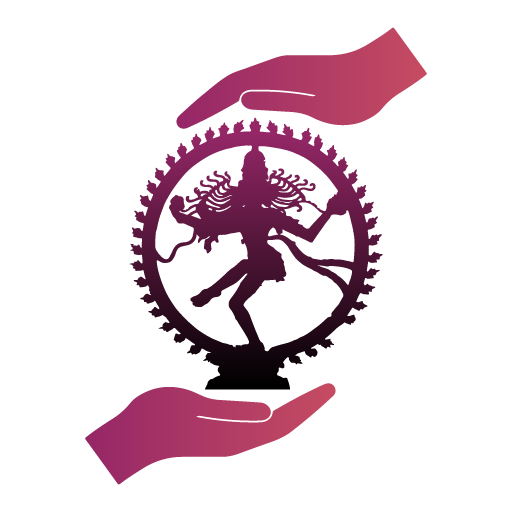Mare-gan: An Epic Singing Performance of Assam
Domain:Performing arts
State: Assam
Description:
Mare-gan is a narrative epic-singing tradition of Assam. Popular in the Goalpara, Kamrup and Darrang districts of Assam, it is performed by Rabhas and Pati Rabhas communities. The performance is associated to Bisahari-puja or the worship of goddess Bisahari in Western Assam. The goddess is mainly propitiated between the Chot and Bhada months of the Assamese calendar (April-August). This narrative tradition comprises of songs based on the legend of Beula (a chaste wife who brings back her husband from the clutches of death) and Jhuna geet. Mare-gan begins with an invocation of the traditional brahmanical deities. This also constitutes the initial phase of the Mare puja. The invocations are termed as Bahani Sirasti which invite the gods and goddesses to take their seats at the altar. It is followed by a phase also known as Gusani Jagua or Gusai Jagani. The purpose of this session is to awaken the deity concerned in the temple. There are two kinds of Mare-puja: Phool Marai and Bhar Marai. The Bhar Marai lasts for 4 days and 4 nights whereas the Phool Marai continues for a period of 3 days and 2 nights. The rituals associated to Mare-gan also include a shamanistic performances called Deodhani (performed by women) and Maju. Ritual objects such as banana leaves (kalpat), a brass pot (ghati), a fan (bisani), a stick (don-dali), earthen lamps (saki-bati), an iron sword (da), rice (saul) etc. are used by the Deodhani performer. The Deodhani performer is believed to be endowed with supernatural powers during the performance.
 Government of India
Government of India






































 Recognizing the ongoing need to position itself for the digital future, Indian Culture is an initiative by the Ministry of Culture. A platform that hosts data of cultural relevance from various repositories and institutions all over India.
Recognizing the ongoing need to position itself for the digital future, Indian Culture is an initiative by the Ministry of Culture. A platform that hosts data of cultural relevance from various repositories and institutions all over India.